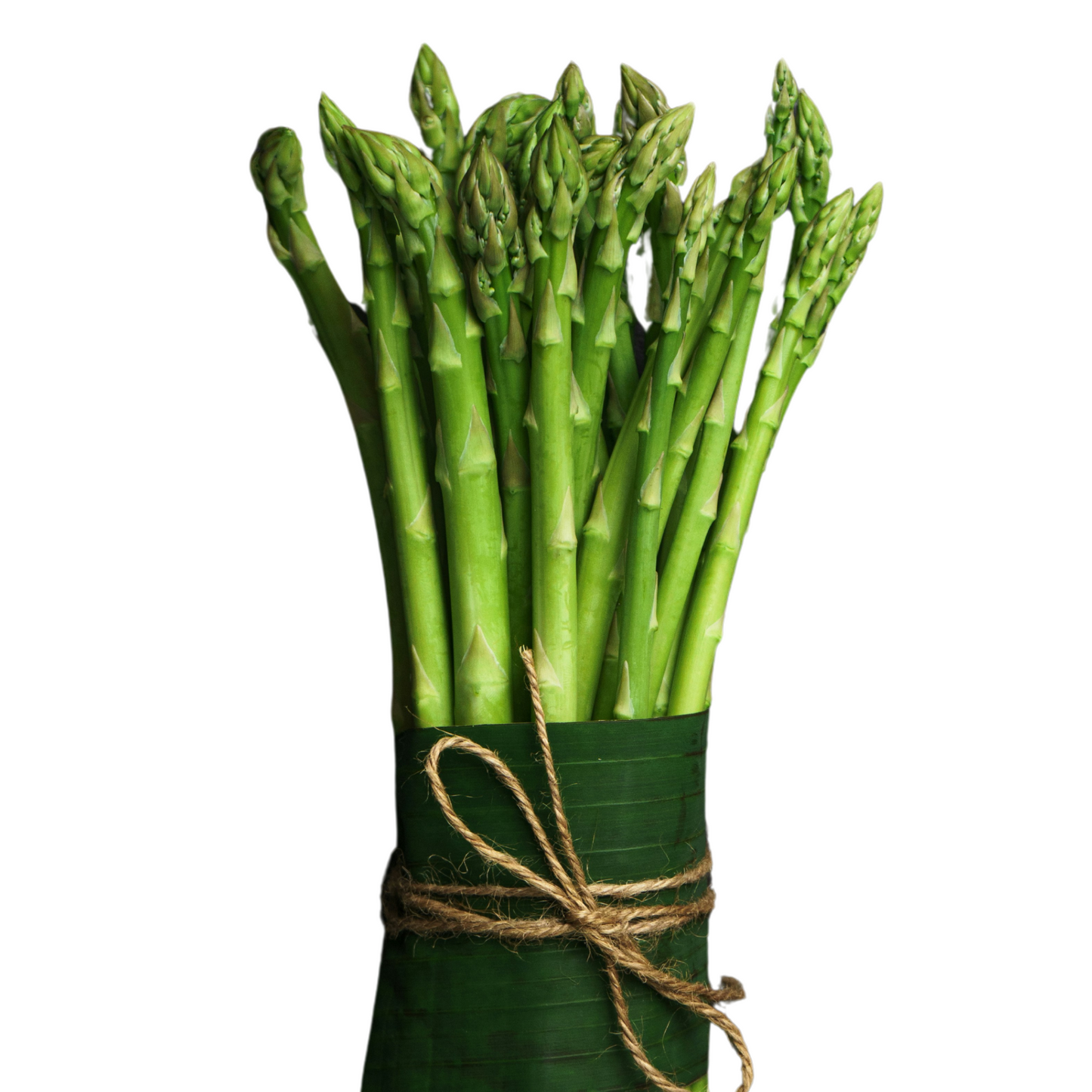JONQUIL
Asparagus UC157 F2 Hybrid - 10 Seeds
Asparagus UC157 F2 Hybrid - 10 Seeds
Couldn't load pickup availability
The Asparagus UC157 F2 Hybrid is a high-yielding, disease-resistant asparagus variety favored by commercial growers and home gardeners alike. Developed by the University of California, it’s known for its adaptability to various climates, making it suitable for both temperate and warmer regions. This hybrid produces uniform, thick, and tender spears with a rich green color and slight purple hue at the tips. One of its key advantages is its resistance to common asparagus diseases, like rust and crown rot, ensuring a longer and healthier growing season.
UC157 F2 Hybrid asparagus is a perennial, meaning once established, it can provide a reliable harvest each spring for 10-15 years or more with proper care. It typically takes two to three years to reach full production, but it rewards growers with high yields and flavorful spears once mature. This hybrid is ideal for those looking to cultivate asparagus for personal or commercial purposes due to its hardiness, quality, and ease of maintenance.
Growing asparagus from seed is a rewarding process, though it does require patience as the plant takes a few years to reach full production. Here’s a step-by-step guide to get you started:
-
Start Indoors Early: Asparagus seeds should be started indoors 10-12 weeks before the last frost date in your area. Soak seeds in water for 24 hours before planting to improve germination rates.
-
Plant the Seeds: Sow seeds in small pots or seed trays filled with well-draining potting soil. Plant each seed about 1cm deep and cover lightly with soil. Keep the soil moist but not soggy.
-
Provide Warmth and Light: Place the seed trays in a warm location, with plenty of light. A sunny windowsill or grow light works well. Germination can take 2-3 weeks.
-
Transplanting Seedlings: When the seedlings are a few cm tall and all danger of frost has passed, transplant them outdoors. Choose a sunny spot with well-drained, nutrient-rich soil. Prepare the soil by mixing in compost or organic matter.
-
Planting in Trenches: Dig trenches about 15 cm deep. Place seedlings in the trench, spacing them 30 cm apart, and cover the roots with 6cm of soil. As the plants grow, continue filling in the trench until it is level with the ground.
-
Water and Mulch: Water the seedlings well and keep the soil consistently moist, especially during dry periods. Mulching helps retain moisture and suppress weeds.
-
Patience with Harvesting: Asparagus plants need time to establish a strong root system. Avoid harvesting spears for the first two years after planting. By the third year, you can begin harvesting mature spears for a short period, gradually increasing the harvest duration as the plants mature.
-
Care and Maintenance: Each year, allow some spears to grow into tall ferns; this is essential for photosynthesis and root strength. Cut back ferns in late fall after they have died back naturally.
Asparagus beds can be productive for 10-15 years or more, making the initial patience worthwhile. With good care, your asparagus plants will reward you with fresh, tender spears each spring.
Share


